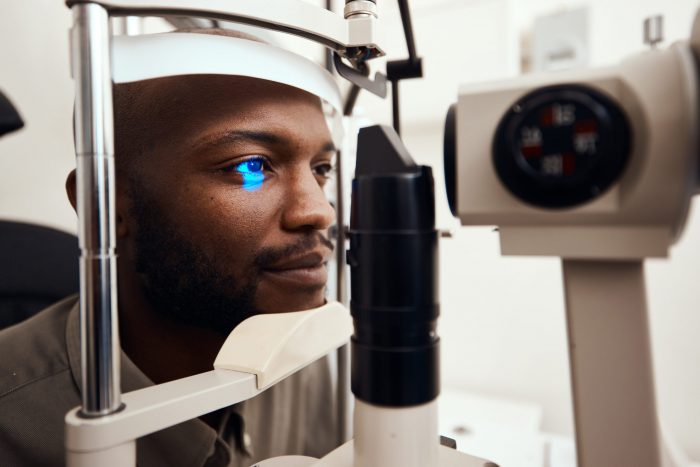Complications of Sickle Cell Disease
People with sickle cell disease (SCD) start to have signs of the disease during the first year of life, usually around 5 months of age. Symptoms and complications of SCD are different for each person and can range from mild to severe. People with SCD can experience different complications, but some of the common ones are listed below.
Acute Chest Syndrome
Acute chest syndrome (ACS) is a life-threatening complication in people living with SCD that can result in lung injury, breathing difficulty, and low oxygen to the rest of the body. ACS may occur when sickled cells block blood and oxygen from reaching the lungs or may be caused by a viral or bacterial infection. In children, ACS is usually caused by an infection.
ACS is a medical emergency and should be treated in the hospital right away. Signs and symptoms are similar to pneumonia and can include:
- Chest pain
- Coughing
- Difficulty breathing
- Fever
Other Resources

Anemia
With SCD, the red blood cells die early, leading to a condition called anemia. Anemia occurs when there is not enough healthy red blood cells to carry oxygen throughout the body. When a person has anemia, they might feel tired. Other symptoms can include:
- Irritability
- Dizziness and lightheadedness
- A fast heart rate
- Difficulty breathing
- Pale skin color
- Jaundice (yellow color to the skin and whites of the eyes)
- Slow growth
- Delayed puberty
Other Resources

Avascular Necrosis (Death of Bone Tissue)
Sickled cells can block blood flow in blood vessels that provide blood to bones in our body. When the bone does not get enough oxygen, the bone tissue can die, a complication known as avascular necrosis (AVN). When there is not enough blood reaching the bone, the joint can narrow and the bone can collapse. AVN can affect single joints or multiple joints at the same time.
The most common location of an AVN occurring is the hip joint, but it can also occur in other areas of the body.
AVN can occur without any symptoms, but as AVN progresses, it can result in mild to severe joint pain in the affected area.
Resources to Learn More
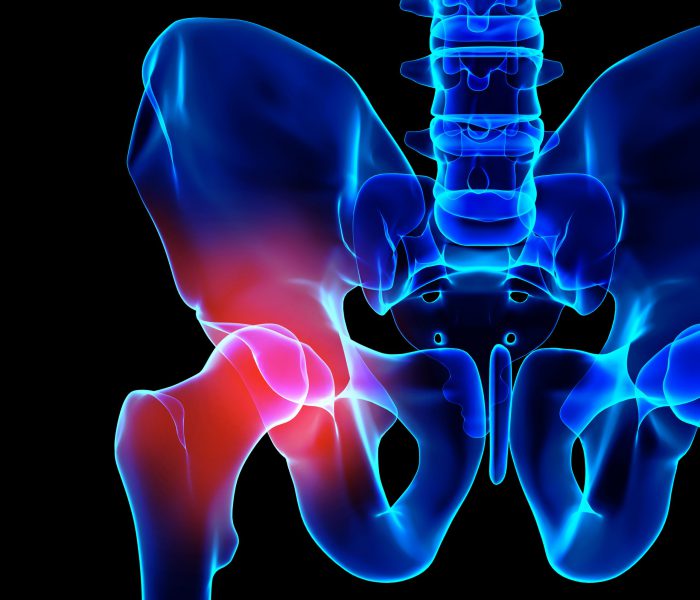
Blood Clots
Sickled red blood cells can make it more likely for the blood to clot, increasing a person’s chance of developing a blood clot in a deep vein (deep vein thrombosis or DVT), commonly in the leg, thigh, pelvis, and arm. A DVT can break off and travel to the lungs (pulmonary embolism or PE). A DVT and PE can cause serious illness, disability, and in some cases, death.
People with a DVT may not experience symptoms, but the most common signs and symptoms of a DVT that occur in the affected part of the body include:
- Swelling
- Pain or tenderness
- Redness of the skin
If you have any of these symptoms, see your doctor as soon as possible.
A PE can occur without any symptoms of a DVT. Signs and symptoms of PE can include:
- Difficulty breathing
- Faster than normal or irregular heartbeat
- Chest pain or discomfort that worsens with a deep breath or cough
- Cough or coughing up blood
- Very low blood pressure, lightheadedness, or fainting
If you have any of these symptoms, seek medical help immediately.
CDC Resources to Learn More
Other Resources
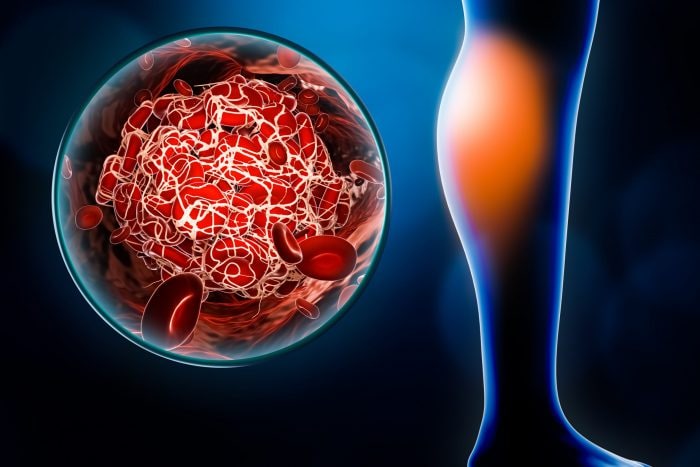
Dactylitis (Hand-Foot Syndrome)
Painful swelling in the hands and feet is usually the first symptom of SCD in infants and toddlers. This swelling, often along with a fever, is caused by the sickled cells getting stuck in the blood vessels and blocking blood flow in the small bones of the hands and feet.
CDC Resources to Learn More
Other Resources

Fever
A fever may be the first sign of an infection or other SCD-related complication, such as acute chest syndrome, that can be life-threatening. For infants and children with SCD, a fever may be the only sign of an infection. It’s important for people with SCD to go to the emergency department or hospital for a fever of 101 degrees Fahrenheit or 38.5 Celsius or greater.
CDC Resources to Learn More
Other Resources

Infection
People with SCD, especially infants and children, are more likely to experience harmful infections, such as the flu, meningitis, and pneumonia. Pneumonia is a leading cause of death in infants and young children with SCD. People with SCD who require regular transfusions as part of their treatment are also at increased risk for viral hepatitis.
Symptoms may vary by the type of infection, but fever may be the first sign. An infection can be life-threatening for people with SCD, and they should go to the emergency department or hospital immediately for treatment if they think they might have an infection.
Children and adults with SCD should get all recommended vaccinations, including a flu vaccination. People with SCD are considered “high risk” for certain infections and should follow a special vaccination schedule for the following vaccines:
Additionally, for children under 5 years of age, daily penicillin (or other antibiotic prescribed by a doctor) is recommended.
CDC Resources to Learn More

Kidney Problems
Sickled cells can cause reduced blood flow to the kidneys, leading to kidney damage and chronic kidney disease. The kidneys are an organ that filters waste from blood and produces urine. When the kidney does not get enough oxygen, kidney cells can die early, making it harder for the kidneys to function properly. This can affect the kidney’s ability to filter out waste and can lead to excessive urination.
Some signs and symptoms include:
- Frequent urination
- Nighttime bedwetting
- High blood pressure
- Bloody urine
- Nausea and vomiting
- Fatigue
- Shortness of breath
CDC Resources to Learn More
Other Resources
- Kidney Disease | National Institute of Diabetes and Digestive and Kidney Diseases
- Chronic Kidney Diseases | National Library of Medicine, MedlinePlus
- High Blood Pressure and Kidney Disease | National Institute of Diabetes and Digestive and Kidney Diseases

Leg Ulcers
Poor circulation of blood in the leg can lead to painful leg ulcers, usually on the lower part of the leg. Leg ulcers happen more often in males than in females and usually appear in people aged 10 to 50 years. A combination of factors can cause ulcers, including trauma, infection, inflammation (swelling), and poor blood flow in the smallest blood vessels of the legs.
Common symptoms include:
- Open sores
- Pain in the affected area
- Pus or discharge in the affected area
- Swelling
- An itchy or burning feeling
Other Resources to Learn More

Liver Problems
The liver is an organ that helps the body digest food and remove toxins. Sickled cells in the liver can cause damage to the liver, leading to liver disease. Additionally, some persons with SCD receive repeated blood transfusions, which can result in excess iron in the body, known as iron overload. Iron overload can also damage the liver. Sickle hepatopathy is a term used to describe the different causes of liver disease in people with SCD. A few health problems that can occur include:
- Acute sickle hepatic crisis is when sickled cells in the blood vessels cause a pain crisis occurring in the liver.
- Intrahepatic cholestasis occurs when sickled cells block blood flow in the liver. The blockage prevents oxygen from reaching the liver, damaging the liver.
- Cholelithiasis is when gallstones (hard, rock-like “stones”) form in the gallbladder (an organ behind the liver that stores and releases bile to help break down fatty foods). When red blood cells break down, they release bilirubin. Sickled red blood cells break down faster than healthy red blood cells, producing excess amounts of bilirubin, which can lead to the formation of gallstones. Bilirubin is a yellowish substance that is made during the body’s normal process of breaking down red blood cells. A healthy liver will mostly remove bilirubin from the body.
Symptoms can vary by the liver condition, but common symptoms of liver problems can include:
- Pain in the upper right side of the abdomen (belly)
- Nausea
- Vomiting
- Yellowing of the eyes and skin (jaundice)
CDC Resources to Learn More
- 5 Steps to Safer Blood Transfusions if You Have Sickle Cell Disease
- Blood Transfusions: What You Need To Know (Video Series), Episode 5: All About Iron
Other Resources
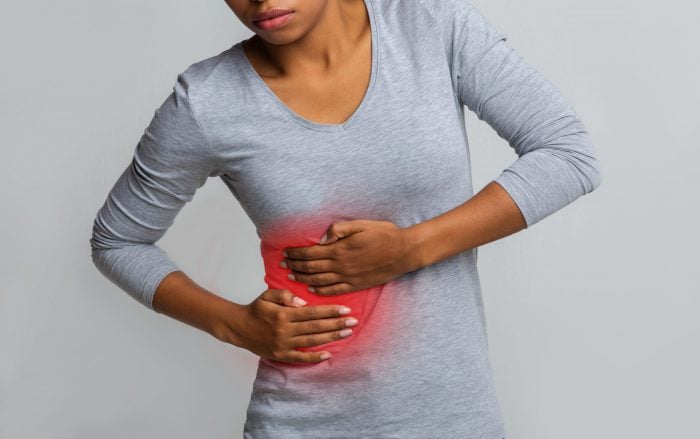
Organ Damage
People with SCD are at greater risk than the general population for problems related to the heart, lung, kidney, and other organs because not enough blood and oxygen is reaching the organs. SCD can lead to multiorgan failure, a life-threatening complication that occurs when multiple organs in the body are not functioning properly due to a lack of blood flow reaching the organs.
Symptoms can be different depending on the organ(s) affected but some symptoms can include:
- Difficulty breathing
- Irregular heartbeat
- Nausea
- Swelling in the hands and feet
- Yellowing of the eyes and skin (jaundice)
CDC Resources to Learn More
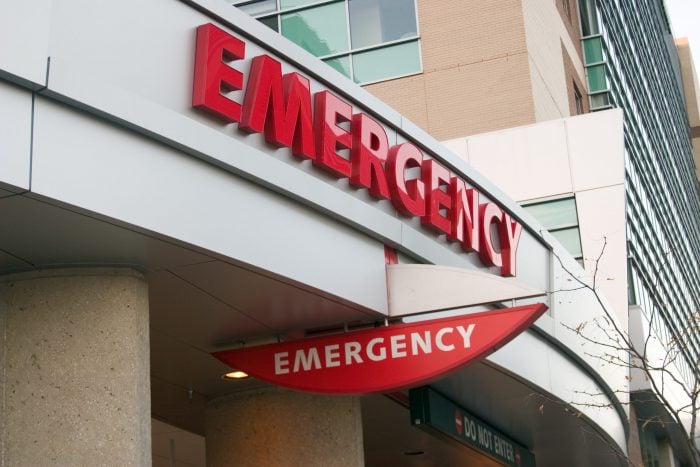
Pain
Pain is the most common complication of SCD, and the top reason that people with SCD go to the emergency department or hospital. Sickled cells traveling through small blood vessels can get stuck and block blood flow throughout the body, causing pain. A pain crisis (vaso-occlusive episode or VOE) can start suddenly, be mild to severe, and can last for any length of time. Pain can occur in any part of the body, but commonly occurs in the hands, feet, chest, and back.
Pain that comes suddenly and lasts for a short time is referred to as acute pain. Chronic pain is daily, on-going pain lasting more than 6 months. People with SCD can experience acute pain, chronic pain, and/or both. Opioids are a class of drugs sometimes used to reduce pain. People with SCD should talk with their SCD provider to help make a pain management plan.
CDC Resources to Learn More
- Opioid Information for Patients
- Daily Pain Tracking Sheet and Describe the Pain Sheet [PDF – 40 pages], on pages 27 and 28 of the Living Well with Sickle Cell Disease Self Care Toolkit.
Other Resources

Priapism (Painful Erection of the Penis)
Sickled red blood cells in the penis can cause a persistent and often painful erection of the penis, known as priapism. Repeated episodes that happen for a short time, also known as stuttering priapism, can last for a few minutes and up to three hours. A prolonged priapism is an episode that lasts more than 2 hours. It’s important to seek medical treatment when priapism lasts more than 2 hours. Repeated episodes over time and delayed treatment can cause permanent damage and erectile dysfunction.
Other Resources
- Erectile Dysfunction | National Library of Medicine, Medline Plus
- Priapism | Mayo Clinic
- Painful Erection in Men with Sickle Cell Disease | Indiana Hemophilia & Thrombosis Center

Pulmonary Hypertension (High Blood Pressure in the Lungs)
People with SCD are at greater risk than the general population for high blood pressure in the lungs, which can be life-threatening.
Some signs and symptoms of high blood pressure in the lungs can include:
- Difficulty breathing
- Fatigue
- Chest discomfort or pain
- Swelling of the ankles, legs, or abdomen (belly)
- Light-headedness or dizziness
CDC Resources to Learn More
Other Resources

Sleep-Disordered Breathing
SCD can cause lung problems that can lead to breathing-related and sleep-related disorders, such as sleep apnea. Sleep apnea is when breathing repeatedly stops and starts, making it hard to get deep, restorative sleep.
Some signs and symptoms can include:
- Loud snoring
- Gasping for air during sleep
- Episodes in which you stop breathing during sleep – reported by another person
- Excessive daytime sleepiness
- Irritability
CDC Resources to Learn More
Other Resources
- Sleep Disorders | National Library of Medicine, MedlinePlus
- Sleep Apnea | National Heart, Lung, and Blood Institute

Splenic Sequestration
Splenic sequestration occurs when sickled red blood cells get trapped in the spleen and block blood flow, causing it to suddenly get bigger, fill with blood, and become swollen and painful. The spleen is an organ in the upper left part of the abdomen (belly) that helps the body fight an infection. A splenic sequestration can affect anyone with SCD, but it typically affects children. Parents of a child with SCD can learn how to feel and measure the size of their child’s spleen and seek medical attention if the spleen is enlarged.
The most common symptom is pain on the left side of the abdomen (belly) and can include:
- Sudden weakness
- Pale lips
- Fast breathing
- A fast heartbeat
Other Resources

Stroke
A stroke can happen if sickled cells get stuck in a blood vessel and block blood flow to the brain, making it harder for the brain to get the oxygen it needs to function properly. About 10% of children with SCD will have a symptomatic stroke. A stroke is more common among people with sickle cell anemia. It is recommended that children with sickle cell anemia get a special type of exam called a transcranial Doppler ultrasound (TCD) every year starting at 2 years old until they are 16 years old. A TCD can identify children who are at high risk of a stroke.
Some signs or symptoms of a stroke include:
- Sudden numbness or weakness, especially on one side of the body
- Sudden confusion or difficulty understanding speech
- Sudden trouble seeing in one or both eyes
- Sudden trouble walking, dizziness, loss of balance, or lack of coordination
- Sudden severe headaches with no known cause
A silent stroke is a stroke that occurs without any signs or symptoms. A person who experiences a silent stroke may not be aware of their stroke and it can only be detected using an imaging test known as magnetic resonance imaging (MRI). A silent stroke can lead to brain injury.
CDC Resources to Learn More
Other Resources
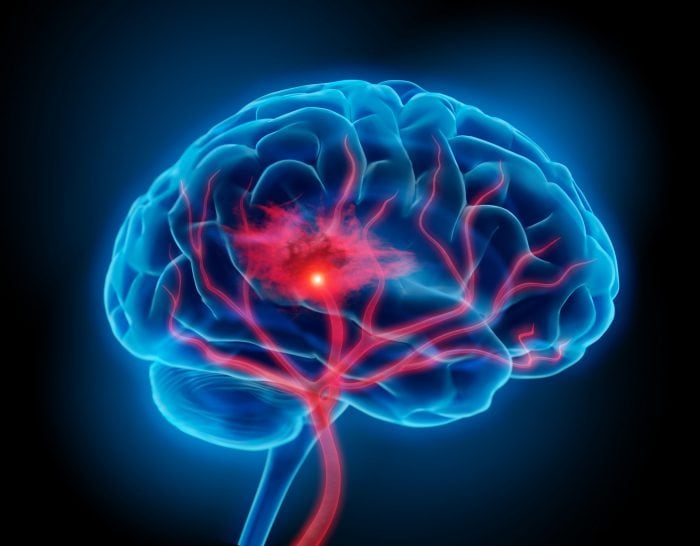
Vision Loss
Sickled cells can block blood flow in the blood vessels in the eye. A blockage can occur in any part of the eye, but a blockage in the blood vessels in the retina (layer of tissue in the back of the eye that sends images to your brain) is the most common.
People with a blockage may not experience any symptoms and then suddenly experience vision problems, leading to permanent blindness.
CDC Resources to Learn More
Other Resources
